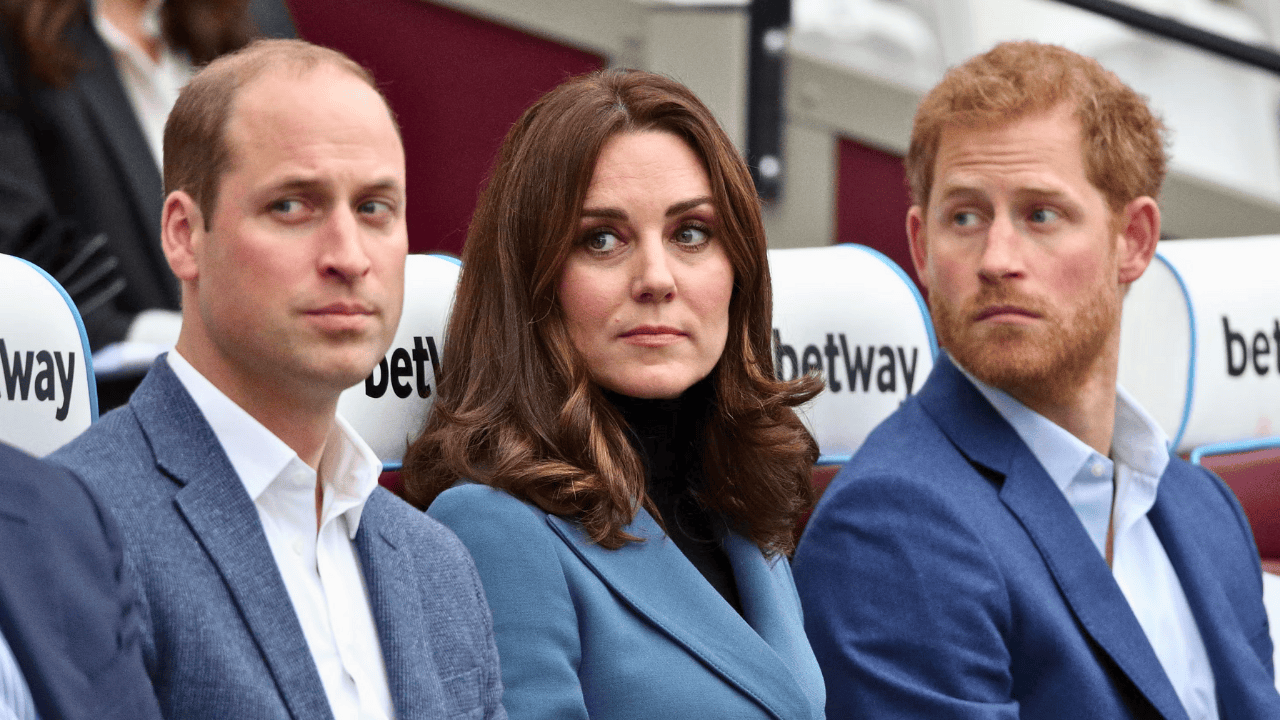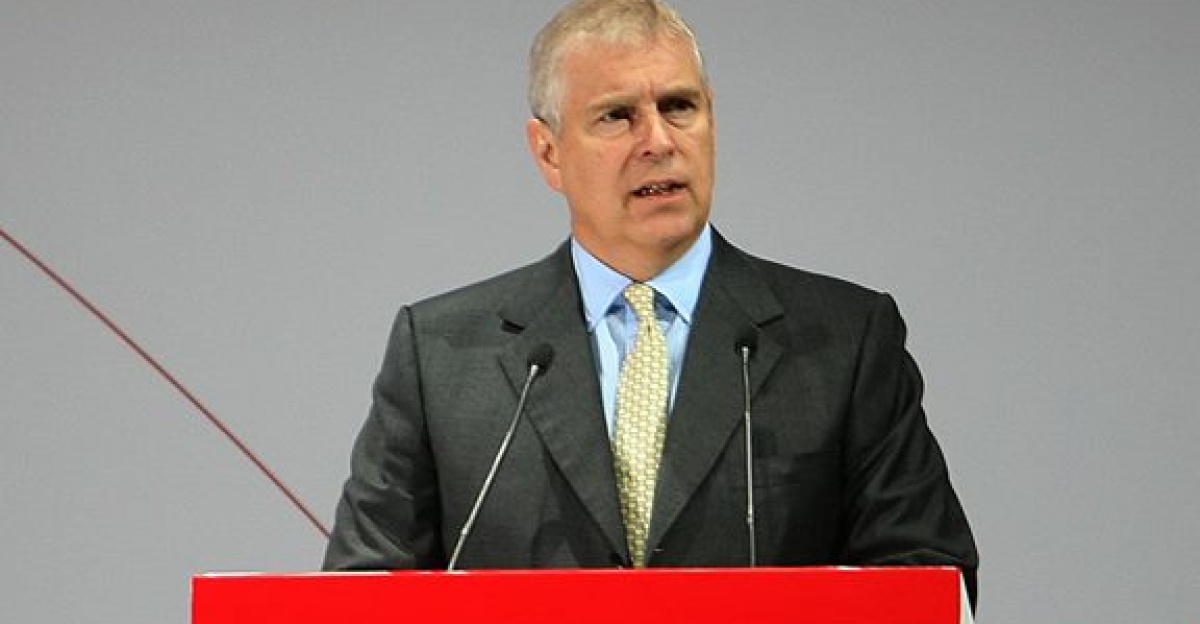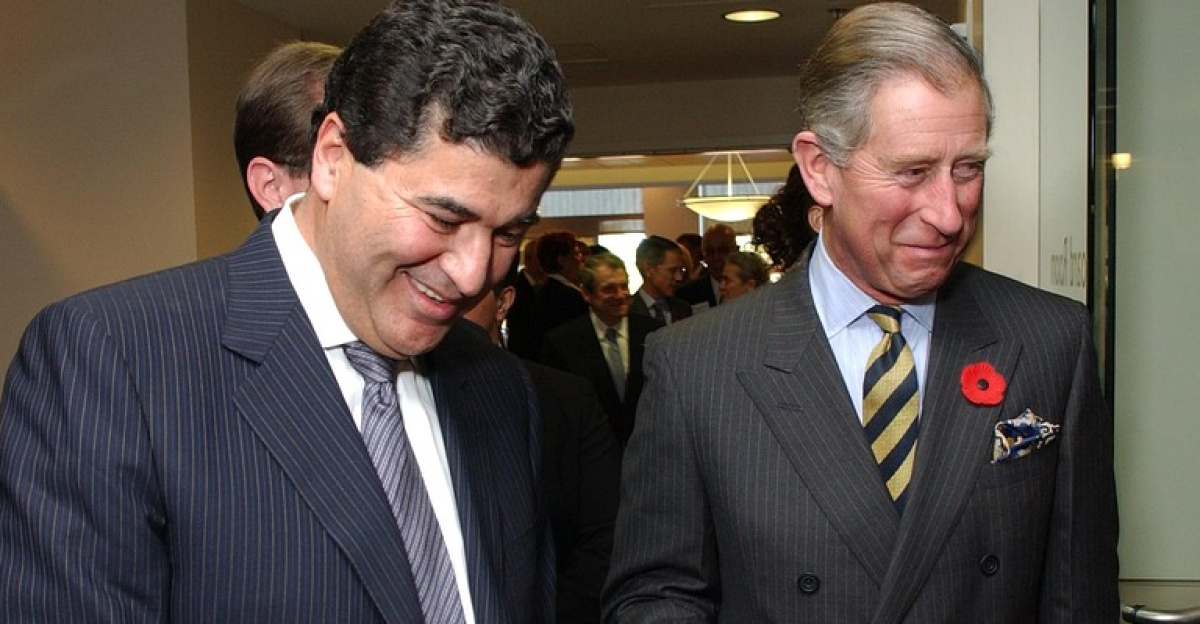
The British royal family stands at a critical juncture. As Kate Middleton, Princess of Wales, assumes an increasingly prominent position in institutional decision-making, royal observers are witnessing a fundamental transformation in how the monarchy governs itself and responds to modern challenges.
Her growing influence reflects not merely personal ambition but a deliberate institutional evolution shaped by mounting public scrutiny and the need for decisive leadership during turbulent times.
The Institutional Crisis

The monarchy has weathered significant storms over the past decade. Prince Andrew’s association with Jeffrey Epstein triggered intense public and political demands for accountability, forcing the royal family to confront questions about institutional credibility and reform.
In January 2022, Queen Elizabeth II stripped Andrew of his military titles and royal patronages—a watershed moment signaling the family’s willingness to take decisive action. That decision, however, proved merely the opening chapter.
On October 30, 2025, King Charles III escalated matters further by formally removing Andrew’s remaining titles, including his “Prince” designation and Duke of York rank.
Royal sources indicate that Kate, working alongside Prince William and Queen Camilla, supported this significant institutional action. The decision underscored a broader commitment to protecting the monarchy’s reputation during an era of heightened scrutiny.
Kate’s Strategic Ascendancy

Kate’s trajectory within the royal family has been marked by steady accumulation of influence and public prominence since her 2011 marriage to Prince William.
Royal commentator Ian Pelham Turner characterizes her as possessing both “public grace” and “private determination”—a combination that has positioned her as a stabilizing force within the institution.
Her protective commitment to Prince William and their son, Prince George, reportedly influenced her involvement in recent institutional decisions. Prince William and other senior family members have openly supported her expanding role in family matters and succession planning.
The couple’s collaborative approach to navigating institutional challenges has established what observers describe as a modern model for royal leadership, contrasting sharply with the hierarchical structures of previous generations.
Unprecedented Authority

In June 2025, King Charles granted Kate formal authority to issue royal warrants—a privilege not held by any Princess of Wales for over a century.
This decision formalized her expanded institutional role and demonstrated her growing impact on British commerce, brands, and cultural institutions. The honor underscores the deliberate nature of her elevation within the monarchy’s power structure.
Kate’s influence is widely described by observers as “legendary” among contemporary royal figures. Her role extends beyond ceremonial functions to encompass meaningful participation in high-level decision-making processes that will shape the monarchy’s future direction.
Collaborative Governance and Public Recovery

King Charles III’s leadership style emphasizes collaboration rather than traditional hierarchy. Palace discussions regarding Andrew’s future reportedly involved consultation with multiple senior family members, with emerging consensus contributing to the decisive action ultimately taken. This approach represents a notable departure from predecessors’ more centralized decision-making models.
Following Andrew’s title removal, the royal family has focused sustained efforts on rebuilding public trust. Kate and Prince William’s philanthropic initiatives through the Royal Foundation specifically aim to modernize the monarchy’s public image and address pressing social issues. Their work reflects institutional commitment to evolution and contemporary relevance.
Shaping the Monarchy’s Legacy
Kate Middleton’s growing prominence signals a significant generational shift in royal norms, expectations, and institutional practices. Her strategic leadership and meaningful involvement in important decisions will substantially shape the monarchy’s legacy and trajectory for years to come.
As the institution navigates an increasingly complex landscape of public expectations, legal challenges, and political implications, Kate’s role exemplifies how the contemporary monarchy is adapting to modern demands while maintaining institutional stability and credibility.



